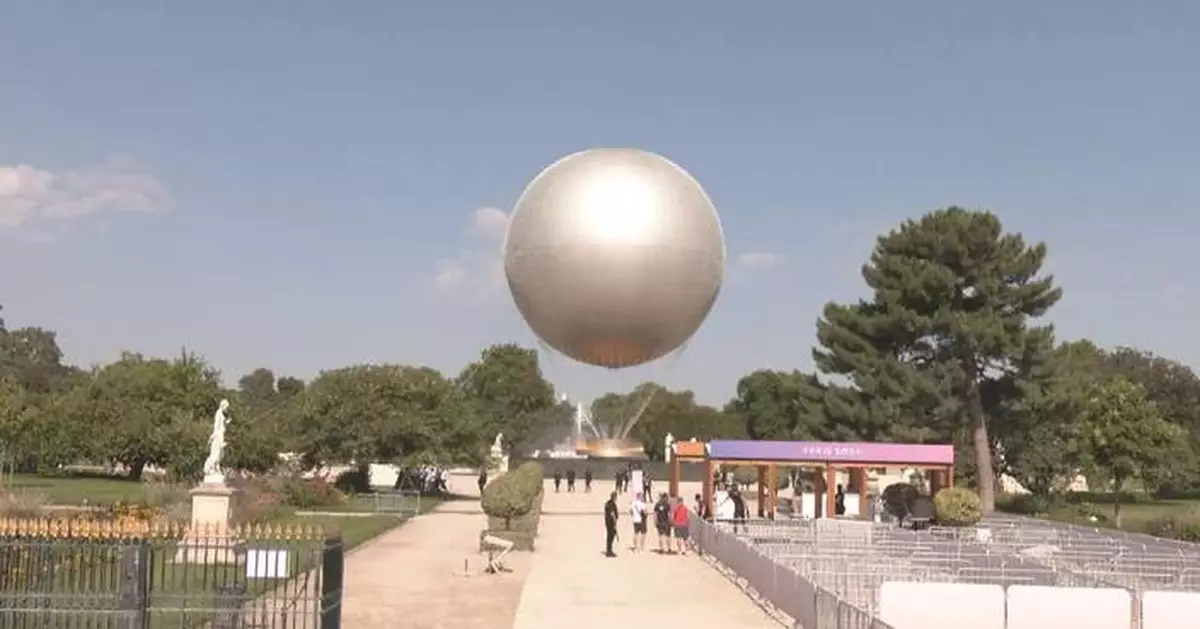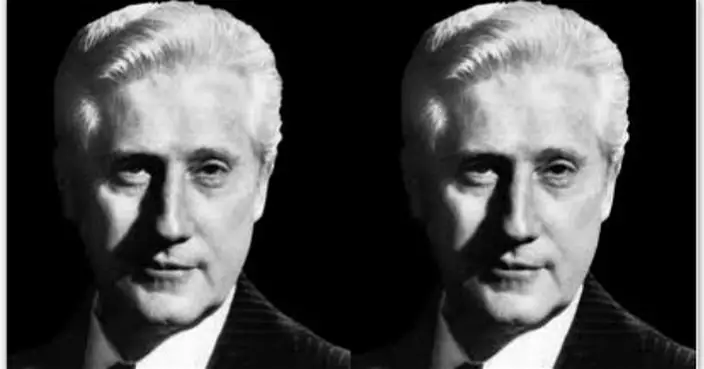With the Olympic Games underway, the sporting spirit is high in Paris, enticing residents and visitors to take a jog along the city's Historical Axis.
The Historical Axis runs through some of Paris’s most celebrated landmarks and squares, many of which are currently adorned with Olympic flair. Along the route are the Louvre with its Glass Pyramid, the Arc de Triomphe, the Place de la Concorde with its Egyptian obelisk, and the Avenue des Champs-Elysees with the Grande Arche at its extended end, altogether providing a unique coming-together of the past and present, blending history and modernity.
In a charming jog-along interview, Julien Gaudfroy, a French performer and musician who has lived in China and has even performed comedic routines in fluent Chinese, introduced his country's famous capital to a China Central Television reporter as the pair embarked on a delightful morning run.
Paris's axis runs east-west. Joggers can start from the forecourt of the Paris City Hall, which serves as the starting point for the marathon at the Paris Olympics.
Jogging along the axis from the City Hall, one encounters the Louvre where the Glass Pyramid is located. The structure, designed by Chinese-American architect I. M. Pei, has become an integral part of the city’s landscape, despite initial resistance to its modern style.
Entering the central Tuileries Garden, visitors cannot miss the spectacular Olympic cauldron balloon surrounded by flocks of tourists where the Olympic flame was lit. The garden, with its lakeside chairs, exudes a relaxing atmosphere.
"You wouldn't normally see this view. The 2024 Paris Olympics bring this unique scene. The Tuileries Garden, together with the Louvre, has become part of it," said Gaudfroy.
Adjacent to the garden is the Place de la Concorde, where the Luxor Obelisk stands. The obelisk was brought to France as a gift in 1830 from Luxor in Egypt.
The jogging route ends at the Grande Arche, a monument and building in the business district of La Défense, which is surprisingly filled with artistic flair and numerous sculptures.
"The end of the axis is Grande Arche, or the new Arc de Triomphe. Along the way, we have seen the two arches, which echo each other," Gaudfroy said.
After more than 10 kilometers of jogging, one can head to the Market of the Red Children, which offers a variety of seasonal fruits, vegetables, seafood, and cheeses.
"The market has a unique charm. It has this lively atmosphere. Look at these walls behind us, these restaurants, and the handwritten menus. It's very Parisian," said the French performance artist.
As American writer Ernest Hemingway once wrote, "If you are lucky enough to have lived in Paris as a young man, then wherever you go for the rest of your life, it stays with you, for Paris is a moveable feast."
The Olympic Games offer the world a special edition of Paris, welcoming visitors from all over the globe to explore the ancient city's blend of tradition and modernity.

Jogging along Paris's historical axis offers unique experience for Olympic fans


















































